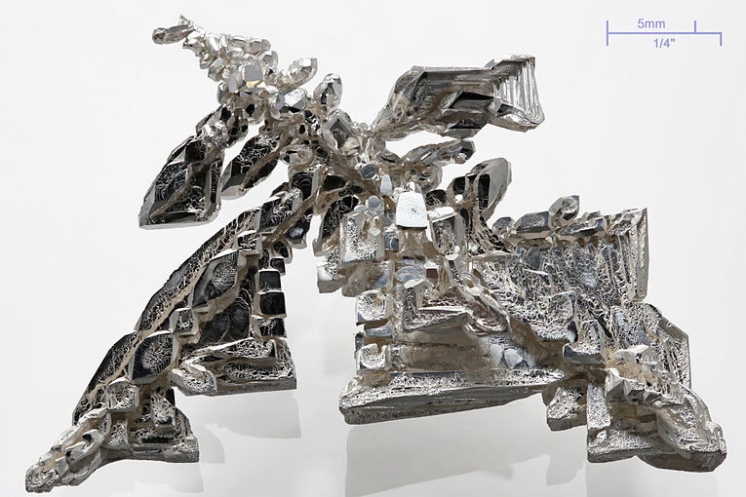Silver mining history and its use – Part Three

America
In modern history the silver mine expansion moved to America after rich deposits of silver were found there. Silver price continued to fall quickly which influenced silver mining in whole Europe. Therefore, many mining towns got poor fast. In the 16th and 17th century in Peru, Mexico, Bolivia, Chile, and Argentina were discovered one of the richest silver deposits in the world. Up today Peru and Mexico has been the main producers of silver in the world.
Cerro de Pasco Mine in Peru
Silver has been mined there since the 16th century, but silver mining became more intense in 1901. Together with silver, zinc and lead were mined there, too. Toxic waste from mining – fumes of lead dust, explosion, toxic emissions have harmful effect on the environment. More than 80% of children have overreached the acceptable limit of lead in their blood circulation. In the area of the silver mine, 85% of houses are not suitable for housing. Population resettlement has been planned for tens of years, but it is not known whether it has begun.
Cerro Rico Mine in Bolivia
Once it was one of the richest mines in the world which supplied enormous amounts of silver to Europe. However, this wealth was bought out with human suffering. Within three centuries around 8 million miners died. The mountain contains 700 shafts (some sources state 800 shafts), but no plans exist to locate them. Out of 400 shafts in operation, 15,000 miners mine 2,000 tons of silver daily. That’s why there is a danger that the mountain which is “leak like a sieve” will collapse. Dust and asbestos are very harmul to the human body in the long term. Therefore, among the most common causes of miners’ deaths there are lung cancer and/or silicosis. Even though it is prohibited, approx. 2,000 children work there. Ten-year-old children work as k and later when they turn 13, they start working as miners.
Currencies
Silver as well as gold were used for minting coins. In Mesopotamia the first silver used as the means of payment were introduced 2,500 years ago. They were shaped as circles or spirals similar to our money. First coins made from electrum were minted in Lydia in West Turkey in the 7th century BC. In Czechia the first silver coins were probably minted during the reign of duke Boleslaus II in the second half of 10th century. They were named denarii and they were minted from fine silver weighing over 1 gram. Prague groschen were used since 14th century. They were of great value, other countries used them as well. Between 1520-1528 the Jáchymov tolar was minted for export in Jáchymov. Tolars from the Šlik mint house stood out for their unique quality and high content of silver. Millions of coins were melted down (devaluated) and used in German prince mints for producing low quality currencies. Therefore, these tolars are rare. Except from minted coins in the begining, pieces of silver were also used as a means of payment – their weight were of concern. These pieces of silver were cut when necessary into the so-called “rubaly” (rubat = to mine). In the area of today’s Russia rubaly gave their name to the Russian rubles.
Use
SIlver can be used at automobile production, medicine, electronics, photographic materials, mirrors, batteries with high capacity, and plane engines. It is also used for preparation of dental amalgam, water purification, commemorative coins and as an additive to the special glasses.
Source: Lomy a těžba
